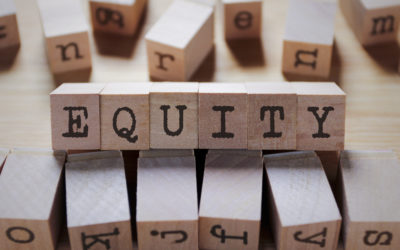Asset dissipation is a calculation of how much income you would have each month if you sold all your liquid assets for cash, then figured out how much income you would have if you divided it into even monthly withdrawals.
What is an asset dissipation loan?
Asset dissipation, sometimes called asset depletion, is a way to sell your assets instead of employment to qualify for a loan. The loan underwriter uses the applicant’s liquid assets including checking and savings accounts, IRAs, and 401Ks. Then, they divide the amount of the total liquid assets by the term of the loan to calculate your monthly income.
Asset dissipation is useful for anyone with limited employment income. Retirees, self-employed, or even unemployed customers are able to show steady income to prove they can pay the monthly payments on the loan.
An asset dissipation loan allows you to qualify for a loan even if you do not have employment income. The loaning bank evaluates your application by adding your monthly Social Security income, any other income, and the asset depletion income together.
How does asset dissipation work?
Here’s an example. Tom received $2400 a month in Social Security. He also has a money market account with $360,000. If he wants a 30-year loan, then he can divide the amount by 360 to show $1000 a month income from depleting his assets. Now, instead of an income of $2400 a month, Tom can include the additional $1000 to show an income of $3400.
How much of your assets are counted during asset dissipation?
If an asset can be converted to cash without a tax penalty, then 100 percent of the amount contributes to the asset depletion calculation. If you would owe tax after withdrawing from the account, then 85 percent of the total counts toward the calculation.
Let’s use Jane for another example.
Jane has a Roth IRA account with $500,000. She will owe taxes when she withdraws money from the account. So Jane 85 percent of the $500,000 would count as liquid assets for a reverse mortgage. A calculator shows that will be $425,000 will count from her Roth IRA.
Suppose Jane has a pension fund that she can withdraw from tax-free for $200,000. She can count all $200,000 of the money in her fund toward her total liquid assets.
When Jane adds the $425,000 from her Roth IRA and $200,000 from her pension fund, she potentially has $625,000 in income from selling her assets.
Every lender has a unique formula to calculate eligibility for a reverse mortgage. The standard rule of them divides the liquid assets by 360 because a 30-year loan with 12 payments a month requires 360 total payments. Use the GoodLife reverse mortgage calculator for a personalized estimate of how much additional income you may qualify for. A reverse mortgage from GoodLife can help you fund your retirement by supplementing your monthly income.

 1-866-840-0279
1-866-840-0279



